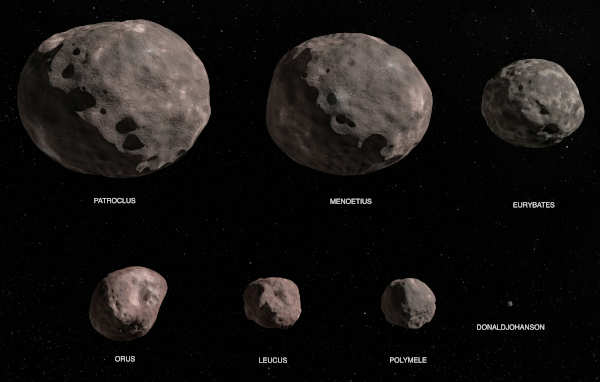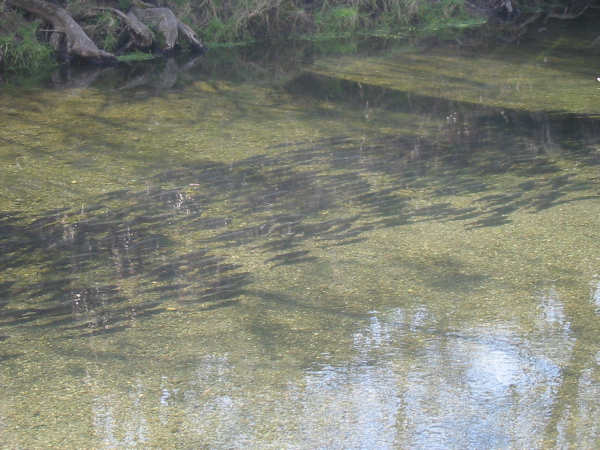LAKE COUNTY, Calif. – The Clearlake City Council last week took action to declare as surplus a number of properties owned by the city and the Clearlake Redevelopment Successor Agency as part of adhering to a state law enacted in 2019 that focuses on using surplus government-owned properties for affordable housing development.
The council took the action at its Feb. 18 meeting to declare 27 properties – 18 owned by the city and nine by the Clearlake Redevelopment Successor Agency – as surplus. Those properties total just over 26 acres.
Among the parcels listed are 14061 and 14071 Lakeshore Drive, the former Austin Resort property; and 14800 Ballpark Ave., which currently is the location of the ballfields at Redbud Park and is the focus of a
negotiating agreement between the city and a firm interested in building a hotel there.
In his written report to the council, City Manager Alan Flora explained that some of the parcels were purchased with a specific intent and others were donated.
“The City has an interest in developing many of them, others are of possible interest for single family housing development,” he said.
He said that in 2019 the state enacted AB 1486, a bill focused on providing surplus land for affordable housing.
“While the City believes this bill was well intentioned by some, it is a significant deterrent to the City’s plans on several projects. Staff are working with Senator McGuire’s Office and the League of Cities in an effort to provide Clearlake some relief from AB 1486. However, staff do not recommend waiting on implementing our many plans for this relief to happen,” he wrote.
Flora said AB 1486 requires several actions from the city/successor agency and other public agencies that were not previously required.
He said the city council and successor agency must first make a determination on whether any public property to be disposed of is “surplus” or “excess surplus,” then a list and details of each “surplus” property must be sent to the California Department of Housing and Community Development.
From there, affordable housing developers are given the opportunity to negotiate with the city for purchase of each of these properties for affordable housing development, he said.
Flora said staff prepared a list of properties owned by the city and successor agency that they believe were appropriate to declare as surplus and notify the state.
“Some of the properties we have projects in the planning stages and others have no current plans for development, but with the cumbersome process established by the state it seems prudent to provide notice as soon as possible so we can react more quickly when projects arise,” he wrote.
Flora told the council that the state law has put a “stranglehold” on the city and its property.
He said the state law was the result of Gov. Gavin Newsom’s executive order to make surplus properties available for affordable housing.
If a developer contacts the city about the properties on the list, the city then has to follow certain parameters. Flora said that the way the legislation was written local government is limited in its ability to refuse to negotiate with a developer – even if the property isn’t zoned correctly for the proposed project.
In working with the League of California Cities and state Sen. Mike McGuire’s office to craft some modifications to this bill, “We’ve definitely made our voice heard,” he said.
“Here in the city, we don’t have a problem developing affordable housing. It’s easy. It’s been done for years,” Flora said.
What the city needs is market rate affordable housing, he said.
The city has a number of affordable housing developments in the pipeline which will allow it to meet the state’s requirements in next couple of years, but Flora said it’s behind in market rate housing.
He said he’s not sure if there will be a legislative fix, and he doesn’t want to wait for one because the city has so many projects.
In the meantime, Flora said the city needed to go through the process with the list of properties he presented to the council.
He said they will have to work to make sure there’s development consistent with local law.
Flora said some of the properties could be developed for affordable housing and some for the city’s homestead project, which seeks to develop market rate housing.
Councilwoman Joyce Overton asked if the city could sell them to anyone interested.
Flora said yes. He noted that the state rules make even 50 by 100 residential lots available for affordable housing developments.
Overton asked if an amendment can be made to the law soon. Flora said they will have to fight to make things happen, as most legislators don’t understand the situation.
He said some Bay Area communities have created workarounds to avoid affordable housing requirements, and this law was a reaction to that.
Flora said he’s been told it’s very unlikely there will be a legislative fix anytime soon unless proponents like the city can come up with something creative. He’s also asked if the city can be exempt if it meets its affordable housing numbers but he doesn’t know if that will be allowed.
Once the city sends the list to Housing and Community Development, Flora said they have a 30-day period to advertise the property.
The council voted unanimously to approve the list, which is below.
Surplus properties listCity of Clearlake: 15662 40th Ave., APN 041-102-12, 0.11 acres
City of Clearlake: 15677 36th Ave., APN 041-395-01, 0.11 acres
City of Clearlake: 4999 Cass Ave., APN 041-363-09, 0.2 acres
City of Clearlake: 5019 Cass Ave., APN 041-363-10, 0.2 acres
City of Clearlake: 15903 36th Ave., APN 041-144-01, 0.12 acres
City of Clearlake: 15913 36th Ave., APN 041-144-02, 0.12 acres
City of Clearlake: 15919 36th Ave., APN 041-144-03, 0.12 acres
City of Clearlake: 15817 Olympic Drive, APN 039-434-19, 0.13 acres
City of Clearlake: 14180 Division Ave., APN 040-031-11, 0.12 acres
City of Clearlake: 14071 Lakeshore Drive, APN 039-530-49, 2.94 acres
City of Clearlake: 14795 Burns Valley Road, APN 010-026-29, 4.3 acres
City of Clearlake: 14800 Ballpark Ave., APN 040-253-03, 8.45 acres
City of Clearlake: 3578 Redwood St., APN 039-175-21, 0.12 acres
City of Clearlake: 4438 Fir Ave., APN 041-103-26, 0.45 acres
City of Clearlake: 3980 Eureka Ave., APN 039-521-32, 0.11 acres
City of Clearlake: 16178 35th Ave., APN 041-211-28, 0.23 acres
City of Clearlake: 6145 Old Highway 53, APN 040-364-25, 0.42 acres
City of Clearlake: 13981 Morgan Ave., APN 039-112-06, 0.26 acres
Clearlake RDA Successor Agency: 3496 Peony St., APN 039-623-19, 0.54 acres
Clearlake RDA Successor Agency: 3141 Mint St., APN 039-625-06, 0.54 acres
Clearlake RDA Successor Agency: 13940 Sonoma Ave., APN 039-625-01, 0.27 acres
Clearlake RDA Successor Agency: 3444 Boxwood St., APN 039-626-16, 0.92 acres
Clearlake RDA Successor Agency: 3423 Acacia St., APN 039-626-07, 0.12 acres
Clearlake RDA Successor Agency: 3453 Acacia St., APN 039-626-11, 0.13 acres
Clearlake RDA Successor Agency: 3463 Acacia St., APN 039-626-12, 0.12 acres
Clearlake RDA Successor Agency: 13980 Sonoma Ave., APN 039-626-01, 0.27 acres
Clearlake RDA Successor Agency: 14061 Lakeshore Drive, APN 039-530-50, 4.74 acres
Email Elizabeth Larson at This email address is being protected from spambots. You need JavaScript enabled to view it.. Follow her on Twitter, @ERLarson, or Lake County News, @LakeCoNews.






 How to resolve AdBlock issue?
How to resolve AdBlock issue? 









